< Back to
Library
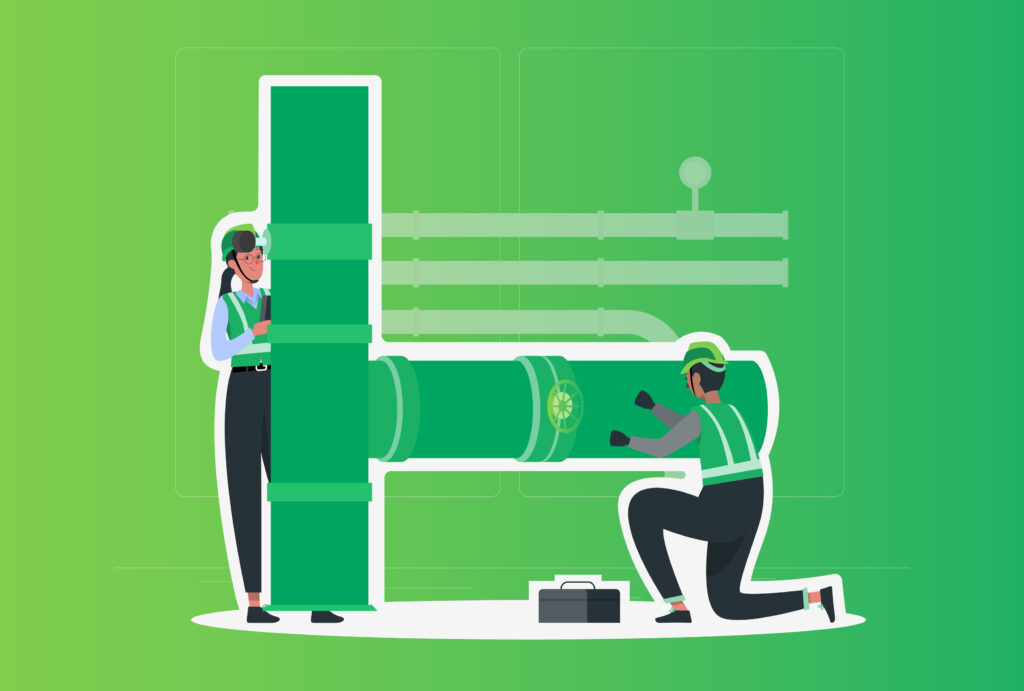
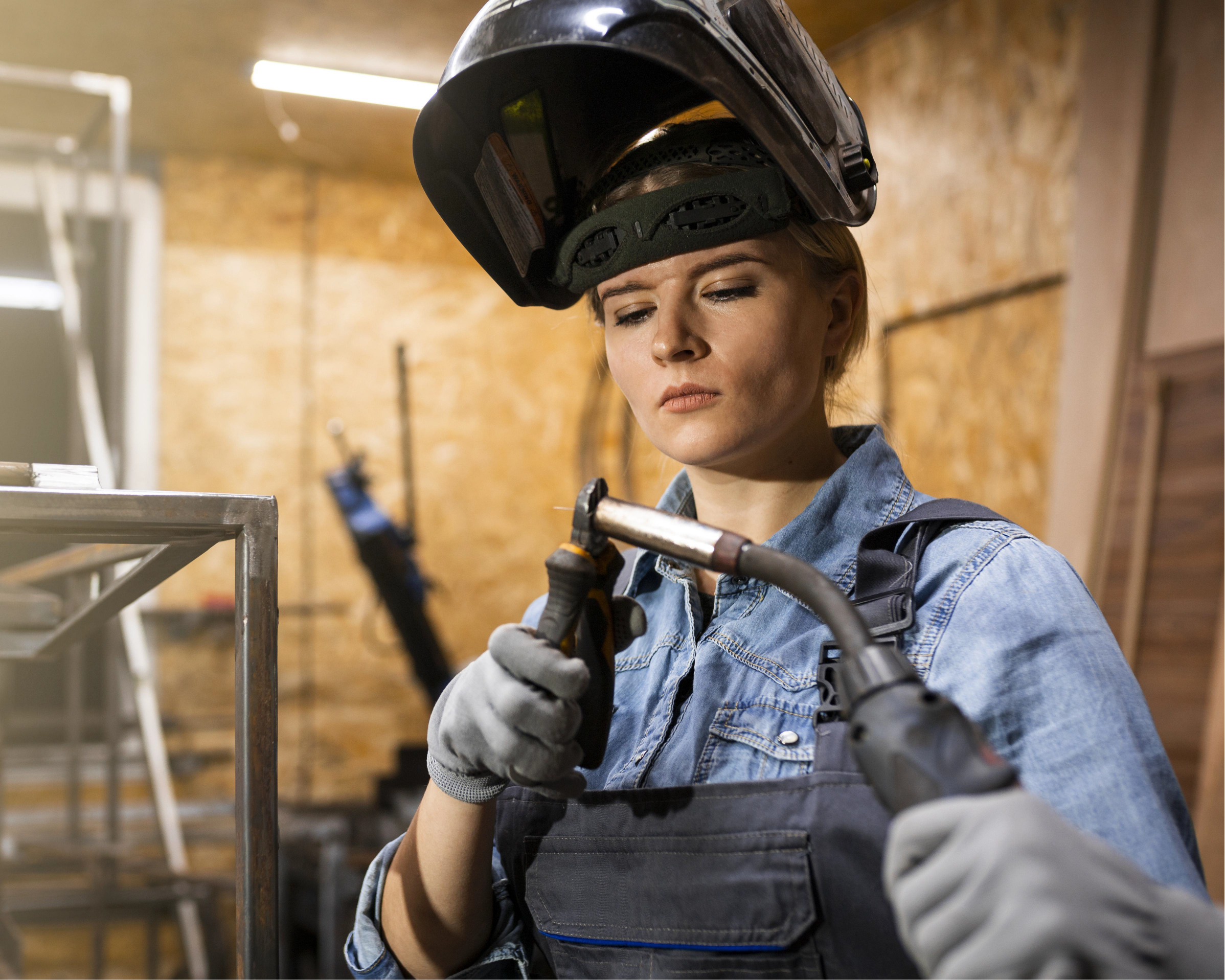
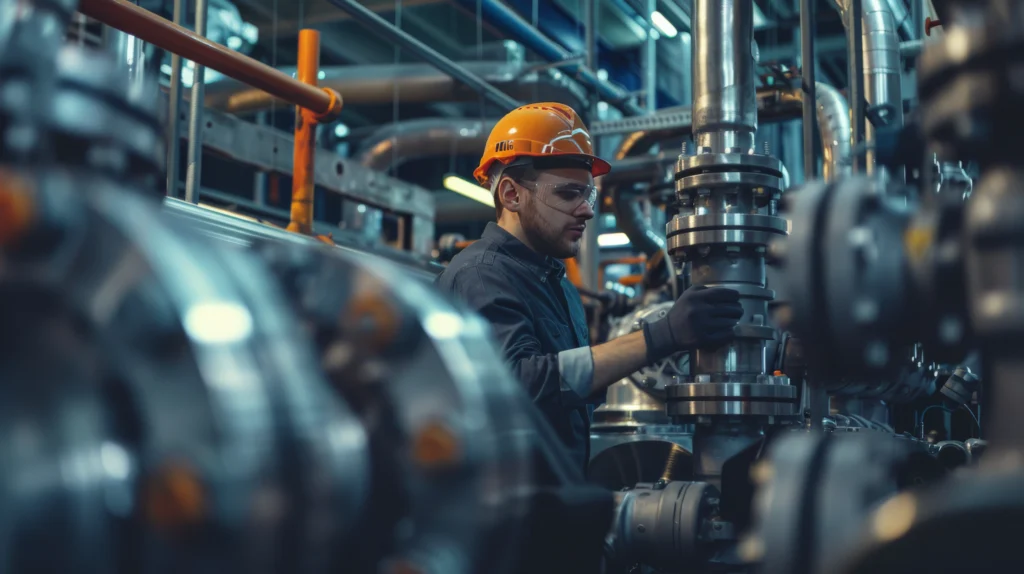
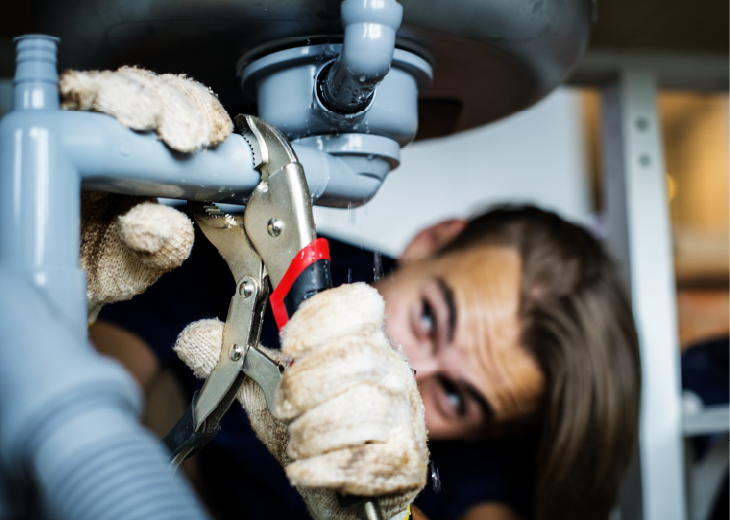
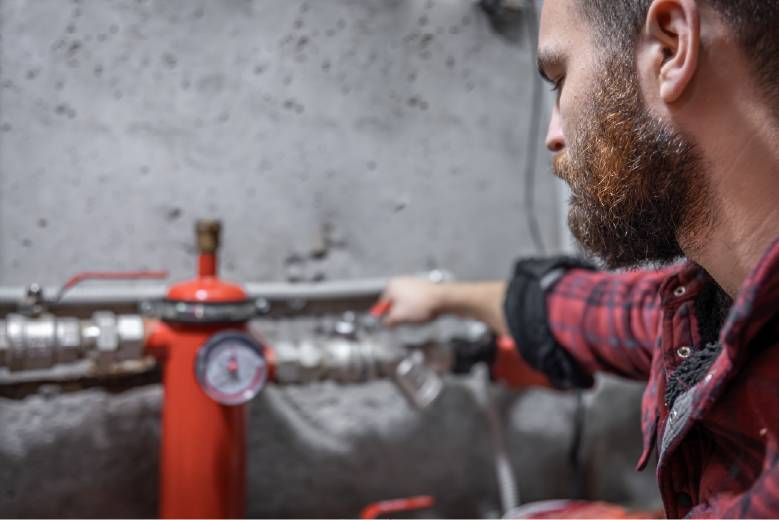

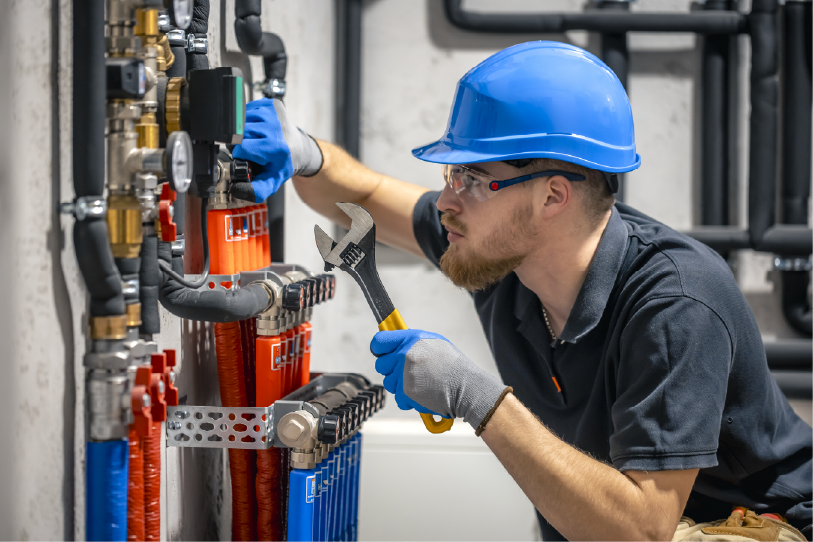
Plumber, Pipefitter & Steamfitter

Plumber, Pipefitter & Steamfitter
Job Sector
Architecture, Trades & Construction
Potential Salary (USD)
Low End: $40,670.00 /yr
Avg/Med: $62,970.00 /yr
High End: $105,150.00 /yr
Education Required
- Certificate or Bachelor’s Degree
- Apprenticeship Training & License
Job Outlook
The plumbing, pipefitting, and steamfitters job outlook is projected to grow 6% in the next 10 years in the United States.
Career Profile Overview
A plumber, pipefitter, or steamfitter installs, maintains, and repairs pipes and fixtures for water, drainage, and gas systems. They work in residential, commercial, and industrial settings, ensuring proper functionality and adherence to safety codes. Their expertise is crucial for public health, sanitation, and the efficient operation of essential building systems.



Key Responsibilities
Interpret Blueprints
- Read drawings and specifications to design pipe layouts.
Fabrication
- Weld, braze, solder, or thread pipes and install components like valves and controls.
Installation
- Securely install entire piping systems and their supports.
Maintenance & Testing
- Test systems for leaks, clean components, and perform maintenance.
Repairing Systems
- Remove worn parts, replace them, and reactivate systems.
Educational Path
High School
- Courses in mathematics, physics, and technical education are beneficial.
Postsecondary
- A certificate, associate’s degree or undergraduate degree is recommended to qualify for apprenticeship programs.
Certifications
- 4-5 year apprenticeship required.
- A licensing exam is required to become a journeyperson.
Entry-Level
Plumbing Apprentice
- Hands-on work with low-pressure water systems that transport water and waste.
Pipefitter & Steamfitter Apprentice
- Hands-on work with high-pressure pipe systems transporting chemicals, gases, and oil.
Mid-Level
Journeyperson
- 4-5 years of hands-on experience and licensed in a given piping system. Takes on apprentices in their trade.
Residential Service Technician
- Hands-on installations, repairs, and maintenance in a home according to building code.
Industrial Service Technician
- Maintaining systems in industrial complexes to comply with governing regulations.
Senior-Level
Project Manager – Plumbing, Pipefitting, Steamfitting
- Managing the pricing, safety, and regulatory compliance of large industrial projects.
Master Plumber, Pipefitter, Steamfitter
- Direct apprentices in their trade, helping to develop blueprints to meet building code.
Skills and Qualities
Tool Proficiency
- This includes knowledge of various pipe materials, joining methods, and installation techniques.
Problem-Solving
- Understanding troubleshooting, maintenance, and repair techniques.
Regulation Knowledge
- Working knowledge of government regulations and building codes.
Physical Endurance
- Often required for lifting and moving tools or parts.
Dexterity
- Working with small parts and tools requires precise hand movements
United States
Atlanta Technical College | Georgia
- Program: Plumbing and Pipefitting Technology Diploma
- Website: Atlanta Technical College
Purdue University | Indiana
- Program: Undergraduate Degree in Building Information Modeling
- Website: Purdue University
Lee College | Texas
- Program: Associate of Applied Science – Pipefitting
- Website: Lee College
Canada
Lester B. Pearson Continuing Education | Quebec
- Program: Diploma of Vocational Studies – Plumbing and Heating
- Website: Verdun Adult and Career Centre
New Brunswick Community College | New Brunswick
- Program: Plumbing Certificate
- Website: NBCC Programs
Canadore College | Ontario
- Program: Trades Fundamentals Certificate
- Website: Canadore College



Resources and Further Reading
- Plumber Job Outlook: US Bureau of Labour
- Plumber Job Outlook: Government of Canada
